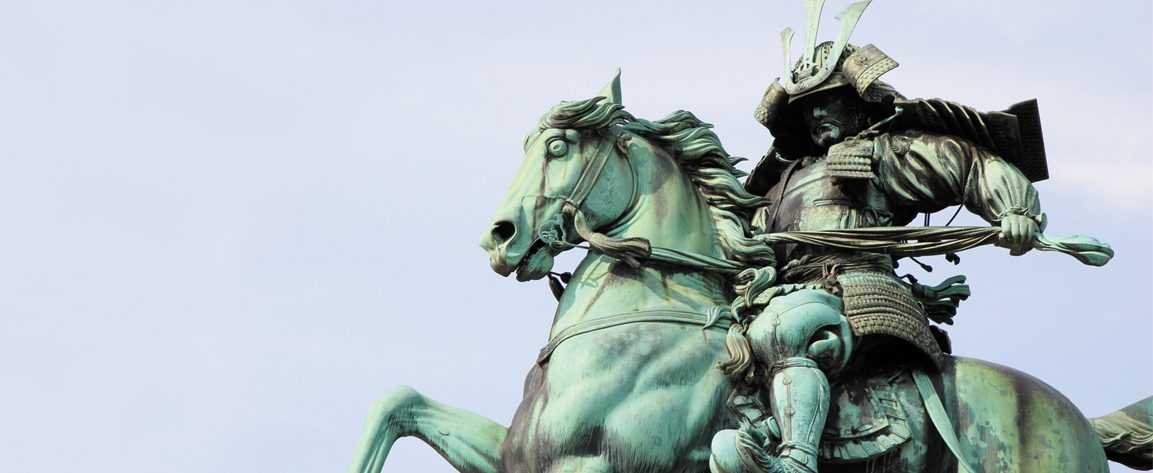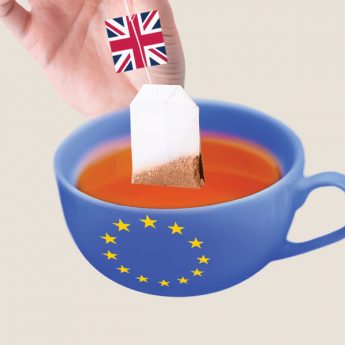Japan and the European Union have agreed on a trade pact. President of the European Council Donald Tusk and President of the European Commission Jean-Claude Juncker came to Tokyo for the signing ceremony in July. The agreement is being hailed as a shining beacon for free trade that counters the dark spear of protectionism that US President Donald Trump is hurling at pretty much everyone around the globe. The same goes for TPP 11, the erstwhile Trans Pacific Partnership minus the United States, which Trump pulled out of as one of his first initiatives as US president. It, too, seems to be widely thought of as an encouraging sign that countries for the most part are supportive of free and open trade.
But is all this so? The Japan–EU agreement is a bilateral arrangement that excludes the rest of the world. It gives preferential access to member state markets that is not available to those outside the treaty area. It is a members-only club with special privileges.
Likewise, TPP 11. What is there that is free or open about all this? Both the Japan-EU Economic Partnership Agreement and TPP 11 look to me to be a case of parties ganging up together to go on the offensive against a large and vindictive common enemy. The situation is reminiscent of pre-Edo period Japanese warlords, who were constantly grouping and regrouping in search of optimal alliances for survival.
Made in America
In the 1930s, the United States imposed prohibitive tariffs on imports, so as to make the domestic market a virtual made-in-America zone.
The Europeans countered by creating trading blocs. The British had their sterling bloc. The French went in for the gold bloc. Nazi Germany was quick to follow suit, with its Nazi economic zone. Japan went in pursuit of the yen bloc, which it chose to name The Greater East Asia
Co-Prosperity Sphere.
America closes in on itself. The others form blocs to counterattack. This looks very suspiciously like history repeating itself.
The other thing about the current trade situation which reminds me of the 1930s is the language. The international trade vocabulary has taken on a decidedly sepia-coloured tinge since the arrival of Trump. His favoured term when talking of cross-border trade is “reciprocity”. He insists that all trade deals be reciprocal. Tit for exact tat. An eye precisely for an eye. Nobody must be allowed to get the better of him. As human sentiments go, this is understandable. But trade negotiations are another matter.
Demanding strict tit for tat reciprocity in trade invariably leads to abuse by the strong. Take a case where the level of tariffs is at issue between an advanced economy and a developing economy.
The advanced nation insists on precise reciprocity by saying it will raise tariffs to 30% because that is the level that the developing counterpart maintains. This may spell death for the developing nation whereas the 30% barrier is in fact not that much of an impediment for the advanced nation. By the same token, a 10% tariff reduction may not be nearly as painful for the advanced nation as for the developing nation.
Reciprocity slides so easily into the world of retaliation. And retaliation invariably leads to escalation. An eye for an eye hardly ever ends there. My one eye is worth two of yours. That is the way the retaliatory mind works.
Mutually advantageous
All of the above is the reason nations agreed to ditch reciprocity as the governing principle of trade negotiations as Word War II drew to a close.
In its place, nations decided to make the notion of “mutually advantageous” the basis for trade relationships. Ensuring reciprocity does not guarantee a mutually advantageous relationship. Far from it. Reciprocity that leads to retaliatory warfare is mutually destructive.
Builders of the post-war international trade order also made a point of replacing bilateralism with multilateralism. Reciprocity and bilateralism make good partners. When there are just two parties involved in trade deals it is easy to determine which tit corresponds to which tat and which eye should be poked out in response to the loss of which eye. Things become much more complicated when multiple parties become involved. This is why Trump rejects multilateralism in favour of bilateralism.
And really Japan and the EU are not that different from Trump. The only way to be real champions of free and open trade is to get back into the World Trade Organization (WTO) framework and stop making bilateral or even plurilateral deals outside it.
To give credit where credit is due, the EU does seem to be working towards WTO reforms designed to make it more attractive for nations to remain within its purview. It is to be hoped that those efforts will reap results.







